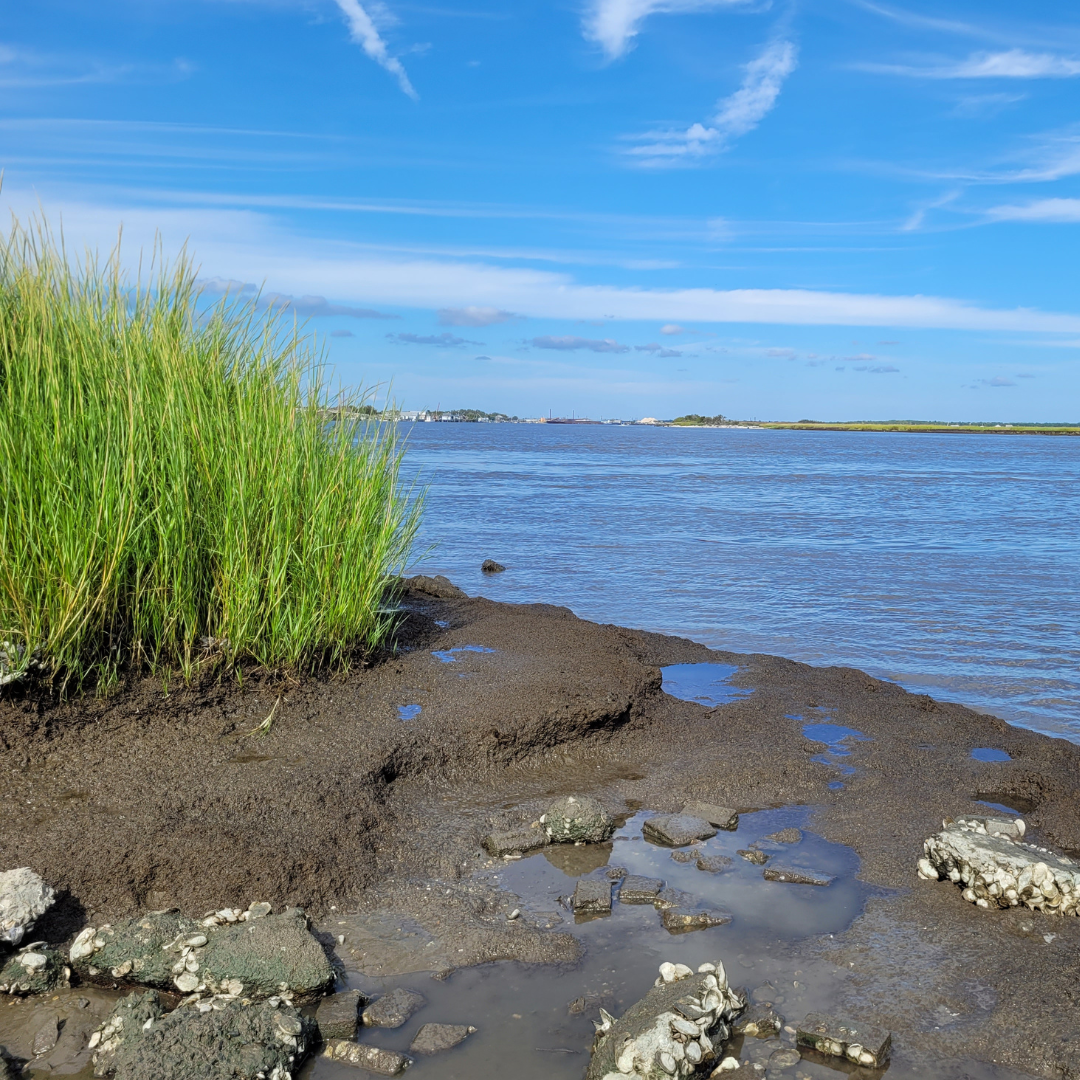
3 minute read
When it Comes to Food and Freshwater Mussels, Quality Beats Quantity
Partnership for the Delaware Estuary gave prizes for three student presentations at this year’s Delaware Estuary Science & Environmental Summit. Meghana Parameswarappa Jayalakshmamma won in the category of Best Oral Presentation. Sam Solomon and Matt Gentry tied as winners in the Best Poster Presentation category. PDE would like to congratulate all three winners again, and thanks all the students who gave presentations at the Summit.
BEST POSTER PRESENTATION
Advertisement
When it Comes to Food and Freshwater Mussels, Quality Beats Quantity
By Matt Gentry, PDE’s Shellfish Coordinator
What diet is best for a child’s nutritional needs? Will a high-quality diet of fruits and vegetables and smaller portions help a little one grow and develop, or should you go with hefty amounts of hamburgers and French fries? Most likely, you lean toward the high-quality choice. The same principle applies to all sorts of lifeforms, including freshwater mussels.
Freshwater mussels are one of North America’s most imperiled groups of organisms, and mussel restoration is gaining importance in our region for the ecological services they provide. Mussel beds guard against erosion by keeping river, creek, and stream beds in place. They also serve as nature’s water filters by perpetually filtering out dirt, pollution, and other impurities as they feed from particles in the water around them.
My poster presentation for this year’s Delaware Estuary Science and Environmental Summit focused on a component of my broader research into the physiological functions of freshwater mussels native to the Delaware Estuary.
One of the essential components of freshwater mussel restoration is propagating these animals in hatcheries to increase their numbers. Partnership for the Delaware Estuary plans to build a freshwater mussel hatchery in Philadelphia and eventually produce up to 500,000 mussels per year.
Young hatchery-produced mussels finish their growth in ponds. These ponds may be very nutrient-rich, which can encourage high growth rates of juvenile mussels. Water quality in other sites, however, might be low in nutrients. To better understand how mussels handle the transition from high-nutrient ponds to streams, I designed and conducted an experiment using two species of native freshwater mussels – eastern pond mussels (Sagittunio nasutus) and alewife floaters (Utterbackiana implicata) – and transferred them between a pond and stream at Winterthur Museum, Garden, and Library in New Castle County, Delaware, to see how they responded to the changes.
I found that mussels grew better in the stream with higher quality food (i.e., a higher proportion of organic particulate matter) than in the pond, which had higher bulk organic material (i.e., a higher quantity of food). Mussels in the stream also had more tissue mass than those in the pond, although their outer shells measured the same length. I am analyzing preliminary data alongside other findings to help inform how best to grow and reintroduce native freshwater mussels within the Delaware Estuary.
Matt Gentry is a master’s student in environmental science at Drexel University in Philadelphia.
STRONG COMMUNITIES/ STRATEGY C2.5: PUBLISH AND SHARE OUTREACH MATERIALS AND SCIENTIFIC RESULTS
HEALTHY HABITATS/STRATEGY H3.3: INVENTORY, RESTORE, AND MANAGE MUSSEL POPULATIONS








